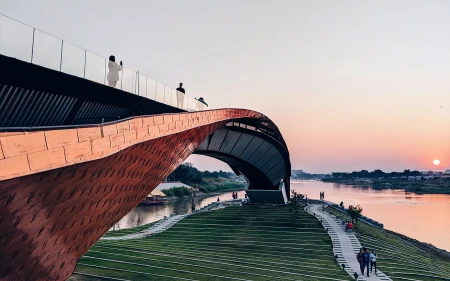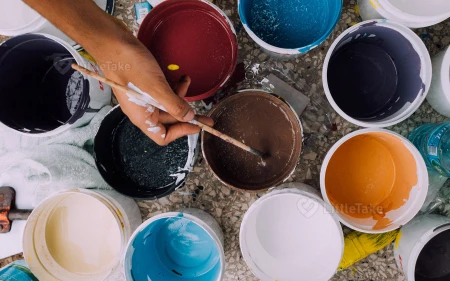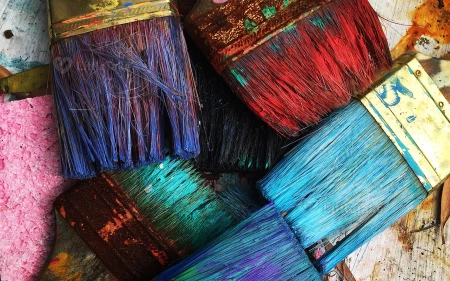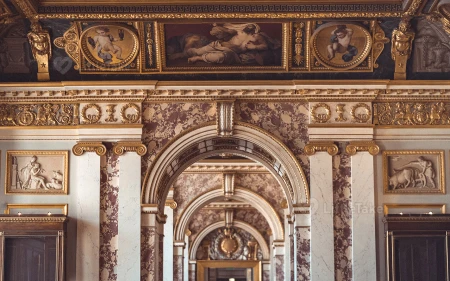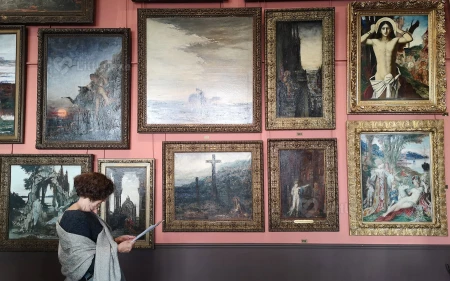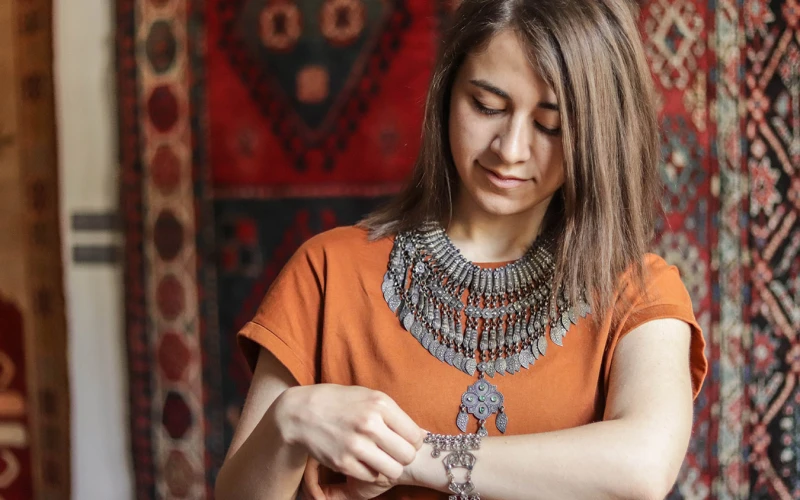
The Art of Sculpture
Sculpture is a captivating form of art that has been a vital part of human culture for millennia. Through the art of sculpture, artists transform raw materials into expressive, three-dimensional forms that evoke emotion, provoke thought, and tell stories. In this article, we'll explore the history, techniques, and significance of sculpture, as well as its enduring impact on the world of art.
A Brief History of Sculpture
The history of sculpture can be traced back to prehistoric times, with early examples carved from stone, bone, and clay. Over the centuries, the art form has evolved, reflecting the changing tastes, beliefs, and technologies of various cultures. Here are a few key moments in the history of sculpture:
- Ancient Civilizations: Early civilizations like Egypt, Mesopotamia, and the Indus Valley produced sculptures that served religious, funerary, or decorative purposes.
- Classical Greece: Greek sculptures focused on depicting the human form in idealized proportions and naturalistic poses, setting the standard for Western sculpture for centuries to come.
- Roman Empire: Roman sculptures often depicted historical events, influential figures, or mythological scenes, and were used to adorn public buildings and private homes.
- Renaissance: Renaissance sculptors, like Michelangelo and Donatello, revived the classical ideals of beauty and proportion, creating iconic masterpieces that continue to inspire artists today.
- Modern Sculpture: Modern and contemporary sculptors have explored new materials, techniques, and forms, challenging traditional notions of sculpture and expanding the boundaries of the art form.
Techniques and Materials
Sculptors employ a variety of techniques and materials to create their artworks. Here are some common methods used in sculpture:
- Carving: The artist removes material from a solid block, such as wood, stone, or ice, to reveal the desired form.
- Modeling: The artist shapes a malleable material, like clay, wax, or plasticine, to create the desired form.
- Casting: The artist creates a mold of the original sculpture and then pours a liquid material, like bronze, plaster, or resin, into the mold. Once the material hardens, the mold is removed to reveal the cast sculpture.
- Assemblage: The artist combines found objects, materials, or existing sculptures to create a new work of art.
The Enduring Impact of Sculpture
The art of sculpture continues to captivate and inspire, offering a powerful means of artistic expression that transcends time and cultural boundaries. By exploring the rich history and diverse techniques of sculpture, we gain a deeper appreciation for the creativity and skill of the artists who have shaped this enduring art form. Whether carved from marble or assembled from found objects, sculptures remind us of the limitless potential of human imagination and the power of art to transform the world around us.














